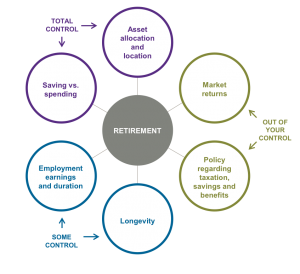 THE RETIREMENT EQUATION
THE RETIREMENT EQUATION
A sound retirement plan is to make the most of the things that you can control but be sure to evaluate factors that are somewhat or completely out of your control within your comprehensive retirement plan.
Investment efforts are best directed toward areas where we can make a difference and away from things we can’t control. We can’t control movements in the market. We can’t control news or financial headlines. No one can reliably forecast the market’s direction or predict which stock or investment manager will outperform.
But each of us can control how much risk we take. We can diversify! We do have a say in the fees we pay. We are in charge of our savings rate and spending, and we can exercise discipline when our emotional impulses threaten to blow us off-course.
This can be difficult for most people, because we are pushed toward fads that the financial marketing industry decides are sellable, which require us to constantly tinker with our portfolios.
That’s why we’ve created a Retirement Insights Series help you focus to the controllable things. Breaking down the road to retirement one step at a time! Stay tuned for a new topic each week in the series!



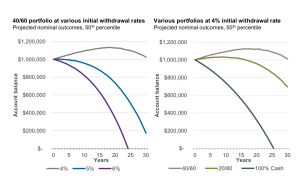



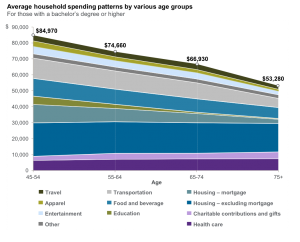


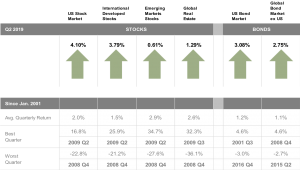

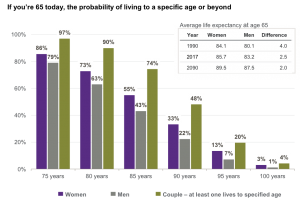 Life expectancies in the United States continue to increase as more people are living to older ages than ever before.
Life expectancies in the United States continue to increase as more people are living to older ages than ever before.
 THE RETIREMENT EQUATION
THE RETIREMENT EQUATION